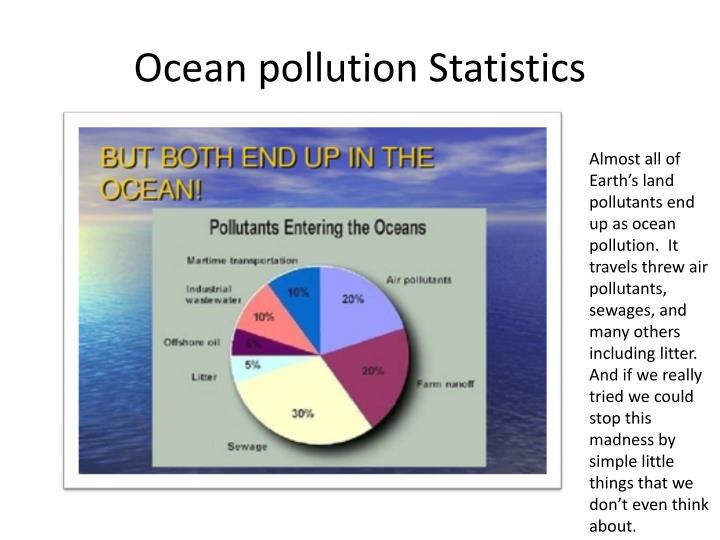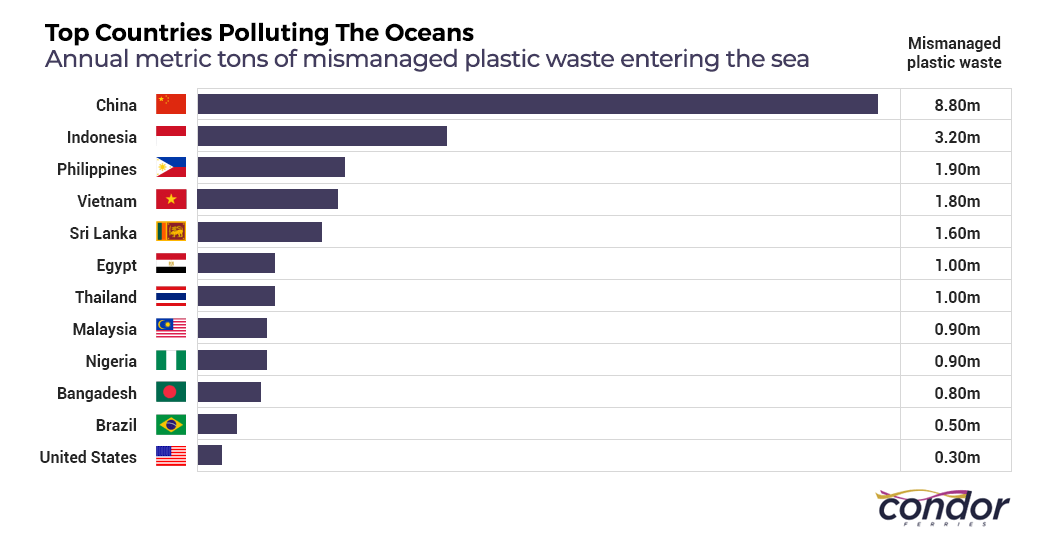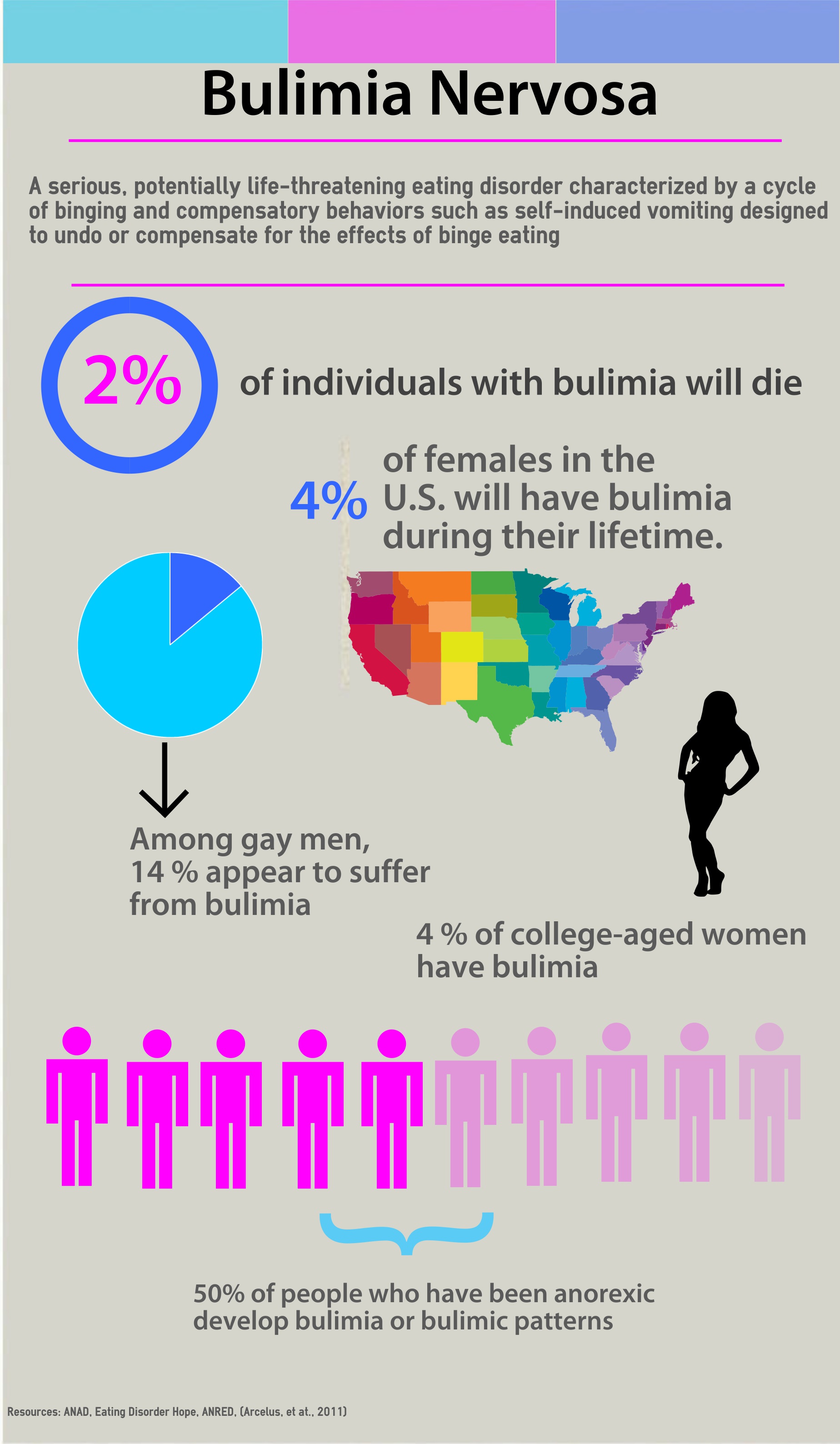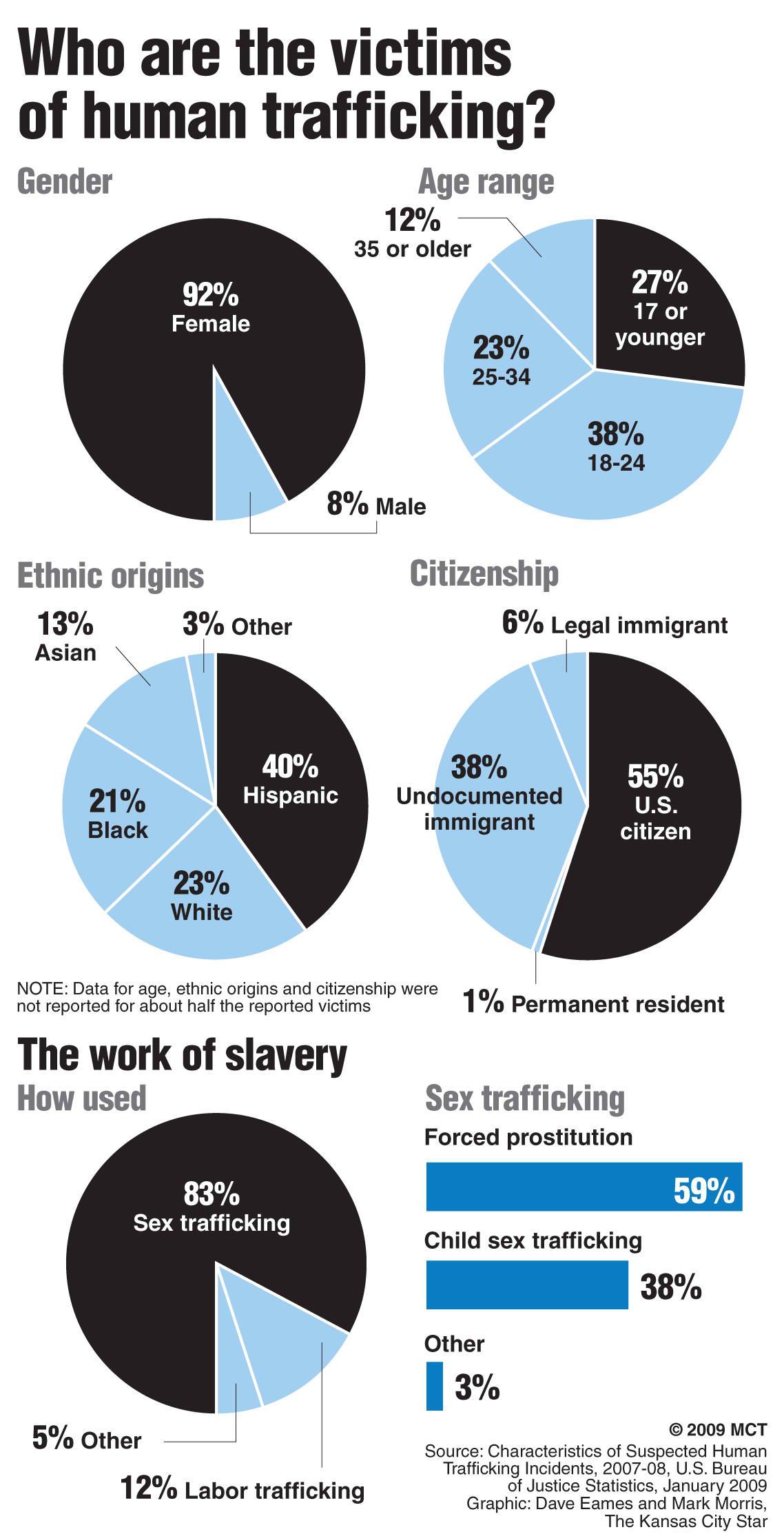Infographic marine pollution and why we should care
Table of Contents
Table of Contents
Marine pollution statistics reveal alarming numbers of waste and toxins entering our oceans, endangering marine life and threatening our own health. It’s time we take action to address this urgent issue.
The Problem with Marine Pollution Statistics
The pain points related to marine pollution statistics go far beyond the numbers themselves. It’s about the devastating impact on our environment, and the consequences it has on the world we live in. The term “marine pollution statistics” may seem dry and technical, but its consequences are anything but.
What are Marine Pollution Statistics?
Marine pollution statistics are data that illustrate the scale of pollutants in our oceans. These can include everything from plastics and toxic chemicals to oil spills and carbon emissions. By tracking these numbers, we can understand the scope of the problem and develop strategies to mitigate it.
The Reality of Marine Pollution Statistics
The reality of marine pollution statistics is bleak. According to a recent study, more than 8 million tons of plastic ends up in our oceans every year. By 2050, it’s projected that there will be more plastic in our oceans than fish. This is just one of many alarming statistics that highlight the crisis we face.
The Impact of Marine Pollution
My personal experience with marine pollution came during a trip to the beach where I noticed dozens of plastic bottles and bags littering the shoreline. It made me realize that we all have a responsibility to prevent marine pollution, and that starts with understanding the impact it has.
The impact of marine pollution is far-reaching. It harms not only marine life but also the health and well-being of humans. Toxic chemicals and plastics can enter the food chain and end up on our plates. Seafood that contains high levels of toxins can have a negative impact on our health.
What Can We Do to Prevent Marine Pollution?
Preventing marine pollution begins with small, individual actions that can add up to make a big difference. This can include recycling plastic, using biodegradable products, reducing carbon emissions, and supporting legislation that protects our oceans. By taking these steps, we can all play a part in preserving our planet.
The Role of Government and Industry in Marine Pollution
While individual actions are important, the role of government and industry cannot be ignored. Regulations are needed to prevent harmful practices and encourage sustainable alternatives. It’s crucial that industries take responsibility for the waste they produce and take steps to reduce their impact on the environment.
The Future of Marine Pollution Statistics
My hope is that as more people become aware of the severity of marine pollution, we will see increased efforts to combat it. New technologies and innovative solutions are being developed every day to address this urgent issue, and I believe we have the power to make a difference.
What Does the Future Hold for Marine Pollution Statistics?
The future of marine pollution statistics is promising. With increased attention on the issue, we can expect more accurate, comprehensive data that sheds light on the impact of pollutants on our oceans. This can help drive policies and initiatives that address the root causes of marine pollution.
Question and Answer
Q: What are the primary sources of marine pollution?
A: The primary sources of marine pollution are plastics, toxic chemicals, oil spills, and sewage.
Q: How does marine pollution affect marine life?
A: Marine pollution can harm marine life by entangling them in debris, exposing them to toxic chemicals, and disrupting their habitats.
Q: What policies are in place to prevent marine pollution?
A: There are several policies in place to prevent marine pollution, including the Marine Plastic Pollution Research and Control Act, the Clean Water Act, and the Ocean Dumping Ban Act.
Q: What can individuals do to address marine pollution?
A: Individuals can reduce their plastic use, recycle, support sustainable initiatives, and advocate for policies that protect our oceans.
Conclusion of Marine Pollution Statistics
Marine pollution statistics may be alarming, but they represent an opportunity for change. By understanding the scope of the problem and taking steps to address it, we can create a more sustainable future for ourselves and generations to come.
Gallery
PPT - Marine Pollution PowerPoint Presentation - ID:2359691

Photo Credit by: bing.com / pollution statistics ocean marine ppt powerpoint presentation
Opinion: Why We Need An International Agreement On Marine Plastic

Photo Credit by: bing.com / opinion pnas
100+ Ocean Pollution Statistics & Facts (2020-2021)

Photo Credit by: bing.com / pollution statistics ocean marine facts 2021 waste country china plastics countries most cause which per mismanaged ranked however
Infographic: Marine Pollution And Why We Should Care

Photo Credit by: bing.com / marine pollution ocean infographic statistics facts life infographics oceans water care should why pollutants rivers dumping example each conservation natural
Chart: The Countries Polluting The Oceans The Most | Statista

Photo Credit by: bing.com / countries oceans most polluting pollution chart ocean plastic waste pollute who responsible global infographic where mismanaged into annual asian






